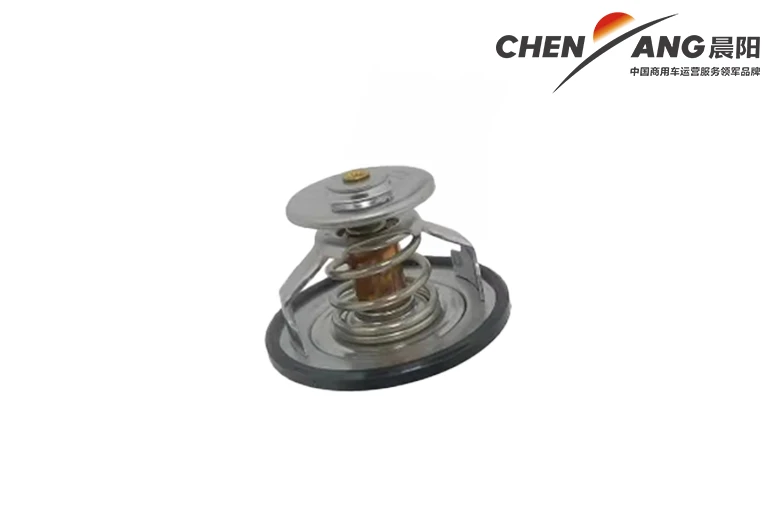The built-in thermostat of the Weichai engine offers advanced temperature management, ensuring optimal engine performance and longevity through precise coolant flow control and automatic temperature regulation.
A core advantage of the Weichai thermostat is its valve function, which meticulously controls the coolant flow path. This thermostat acts as a dynamic valve, adjusting the flow of coolant based on engine temperature. By opening or closing in response to temperature changes, it prevents the engine from overheating or becoming too cold, thereby maintaining an ideal operating temperature across diverse working conditions. This function is critical for protecting the engine and optimizing its efficiency.
The thermostat also serves as an automatic temperature control device. It integrates a temperature-sensing component that uses thermal expansion or contraction principles to regulate coolant flow. This automatic adjustment ensures that the engine consistently operates within a stable temperature range, enhancing overall engine performance and extending its service life.
The implementation of the temperature sensing component is another significant advantage. It effectively monitors engine temperature, expanding or contracting as needed to open or close the thermostat. When temperatures rise, the component causes the thermostat to open, allowing coolant to circulate and cool the engine. Conversely, as temperatures drop, the component contracts, reducing coolant flow to prevent overcooling. This precise control is essential for safeguarding the engine from temperature extremes that could lead to damage.
In summary, the Weichai engine’s built-in thermostat provides superior temperature regulation by precisely managing coolant flow. This ensures that the engine maintains optimal operating conditions, which enhances performance, improves fuel efficiency, and extends engine life. This thermostat is an integral component for achieving reliable, efficient, and durable engine operation.













